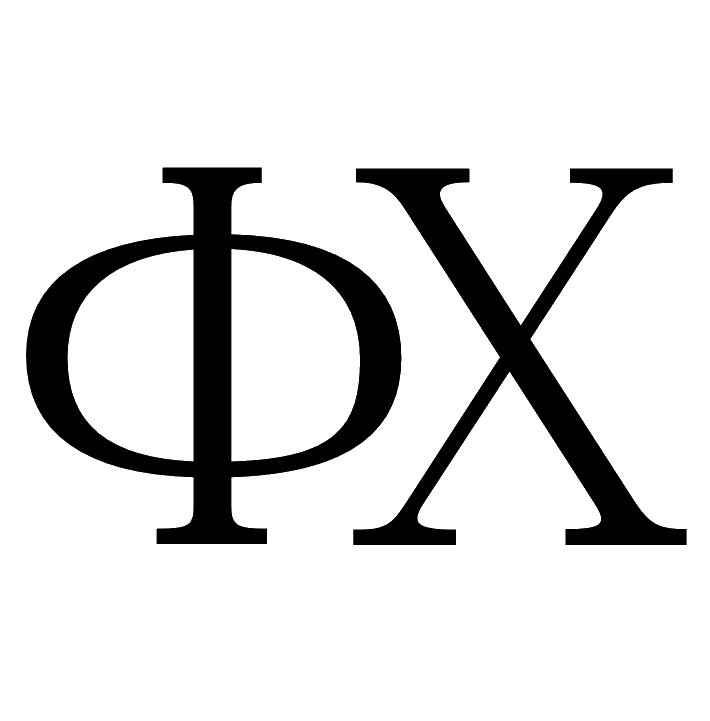Mechanism behind structural changes accompaning the solid-state polymerization in the molybdenumvanadium mixed oxide films
T.V. Sviridova, Z.A. Yakubovskaya, V.B. Odzhaev, D.V. Sviridov
Belarusian State University
DOI: 10.26456/pcascnn/2023.15.1029
Original article
Abstract: In this paper we investigate the changes in the surface topology of inorganic polymerderived films resulted from photostimulated polymerization. With the use of the atomic-force microscopy, the surface structure changes of mixed molybdenum-vanadium oxide thin films (V2O5:MoO3 = 3:2) resulted from the UV light-induced polymerization was investigated. The analysis of atomic-force images evidenced that the solid-state polymerization in the mixed oxide films obtained by condensation of corresponding oxoacids occurs through 3D mechanism. As the result of exposure, MoO3/V2O5 films lose the intrinsic anisotropy which is due to the directional agglomeration of belt-like mixed oxide oligomers. The photopolymerization processes in the mixed oxide film yield agglomerates of nuclei built from the faceted nanometer-sized pseudocrystallites. The exposure is also accompanied with solid-state recrystallization of initially amorphous oxide resulting in the rougher relief of the exposed film. The selective acidic etching uncovers the latent structure of the film, this etching being accompanied with pseudocrystallite dispergation that results in the smoothing of the microrelief of the oxide film surface. These structural features of photosensitive mixed oxide MoO3/V2O5 films facilitate their application as the inorganic photoresists.
Keywords: photopolymerization, molybdenum-vanadium mixed oxides, thin films, nanostructure, inorganic photoresists, atomic force microscopy
- Tatyana V. Sviridova – Dr. Sc., Full Professor, Inorganic Chemistry Department, Belarusian State University
- Zlata A. Yakubovskaya – Assistant, Inorganic Chemistry Department, Belarusian State University
- Vladimir B. Odzhaev – Dr. Sc., Professor, Head of the Inorganic Chemistry Physics of Semiconductors and Nanielectronics Department, Belarusian State University
- Dmitry V. Sviridov – Dr. Sc., Professor, Corresponding member of National Academy of Sciences of Belarus, Head of the Inorganic Chemistry Department, Belarusian State University
Reference:
Sviridova, T.V. Mechanism behind structural changes accompaning the solid-state polymerization in the molybdenumvanadium mixed oxide films / T.V. Sviridova, Z.A. Yakubovskaya, V.B. Odzhaev, D.V. Sviridov // Physical and chemical aspects of the study of clusters, nanostructures and nanomaterials. — 2023. — I. 15. — P. 1029-1038. DOI: 10.26456/pcascnn/2023.15.1029. (In Russian).
Full article (in Russian): download PDF file
References:
1. Liu B., Ho S.-T. Sub-100 nm nanolithography and pattern transfer on compound semiconductor using sol-gelderived TiO2 resist, Journal of The Electrochemical Society, 2008, vol. 155, no 5, рр. 57-60. DOI: 10.1149/1.2883730.
2. Chudnovskii F.A., Stefanovich G.B. Metal-insulator transition in disordered VO2, Journal of Solid State Chemistry, 1992, vol. 98, issue 1, рр. 137-145. DOI: 10.1016/0022-4596(92)90079-B.
3. Luo C., Xu C., Lv L. et al. Review of recent advances in inorganic photoresists, RSC advances, 2020, vol. 10, issue 14, pp. 8385-8395. DOI: 10.1039/C9RA08977B.
4. Ito E., Kawaguchi Y., Tomiyama M. et al. TeOx-based film for heat-mode inorganic photoresist mastering, Japanese journal of applied physics, 2005, vol. 44, no. 5S, pp. 3574-3582. DOI: 10.1143/JJAP.44.3574.
5. Van Zant P. Microchip fabrication: a practical guide to semiconductor processing, New York, McGraw-Hill, 1997, 623 p.
6. Baraboshina A.A., Sviridova T.V., Tsybulskaya L.S. et al. Neorganicheskie fotorezisty na osnove smeshannykh oksidov molibdena i vanadiya [Inorganic photoresists based on mixed oxides of molybdenum and vanadium, Doklady Nacionalʹnoj akademii nauk Belarusi [Doklady of the National Academy of Sciences of Belarus], 2015, vol. 59, no. 4, pp. 68-71. (in Russian).
7. Sinclair W.R., Rousseau D.L., Stancavish J.J. Iron oxide – an inorganic photoresist and mask material, Journal of The Electrochemical Society, 1974, vol. 121, no. 7, pp. 925-928. DOI: 10.1149/1.2401954.
8. Sviridova T.V., Sadovskaya L.Yu., Kokorin A.I. et al. Photoinduced processes in thin films of MoO3 and mixed V2O5:MoO3 oxides, Russian Journal of Physical Chemistry B, 2016, vol. 10, issue 4, pp. 561-565. DOI: 10.1134/S1990793116040126.
9. Sviridova T.V., Stepanova L.I., Sviridov D.V. Nano- and microcrystals of molybdenum trioxide and metalmatrix composites on their basis, Molybdenum: characteristics, production and applications, ed. by M. Ortiz et al., New York, Nova Science Publishers, 2012, рр. 147-179.
10. Livage J., Henry M., Sanchez C. Sol-gel chemistry of transition metal oxides, Progress in Solid State Chemistry, 1988, vol. 18, issue 4, рр. 259-341. DOI: 10.1016/0079-6786(88)90005-2.
11. Byk T.V., Sokolov V.G., Gaevskaya T.V. et al. Photochemical selective deposition of nickel using a TiO2–Pd2+ layer, Journal of Photochemistry and Photobiology A: Chemistry, 2008, vol. 193, issue 1, рр. 56-64. DOI: 10.1016/j.jphotochem.2007.06.007.
12. Carls J.C., Argitis P., Heller A. Deep ultraviolet photoresist based on tungsten polyoxometalates and poly (vinyl alcohol) for bilayer photolithography, Journal of the Electrochemical Society, 1992, vol. 139, no. 3, pp. 786-793. DOI: 10.1149/1.2069303.
13. Gwyddion – Free SPM (AFM, SNOM/NSOM, STM, MFM, …) data analysis software. Available at: www.url: http://gwyddion.net (accessed 15.09.2021).
